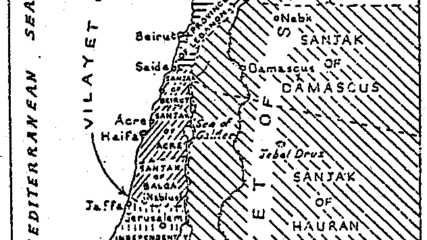August 2, 1968
Oil reaches the Mediterranean Sea port of Haifa from the Red Sea port of Eilat by land for the first time through a pipeline that provides an alternative to the Suez Canal.
The overland connection between Israel’s largest ports is crucial because the Suez Canal remains closed to Israeli ships and to other ships that stop in Israel. The Egyptian government banned the shipment of Haifa-bound cargo through the canal in May 1948, just as the British-built oil pipeline from Kirkuk, Iraq, to Haifa was cut. The oil refineries in Haifa and Ashdod thus depended on oil from distant, expensive sources, such as Venezuela. The Eilat-Haifa pipeline provides a path for Iranian oil.
Israel and Iran in 1968 formed a joint venture, the Eilat Ashkelon Pipeline Co., to operate three pipelines linking Eilat to Ashkelon and Ashkelon to the refineries in Ashdod and Haifa. The goal is to use Israel as a bridge to Europe for Iran’s oil, but that effort ends with the fall of the shah in 1979, when Israel takes full control of the company. In 2003, Israel adapts the pipeline to flow from Ashkelon to Eilat and thus provide a shorter, cheaper alternative to the Suez Canal for Russian oil bound for Asia.










